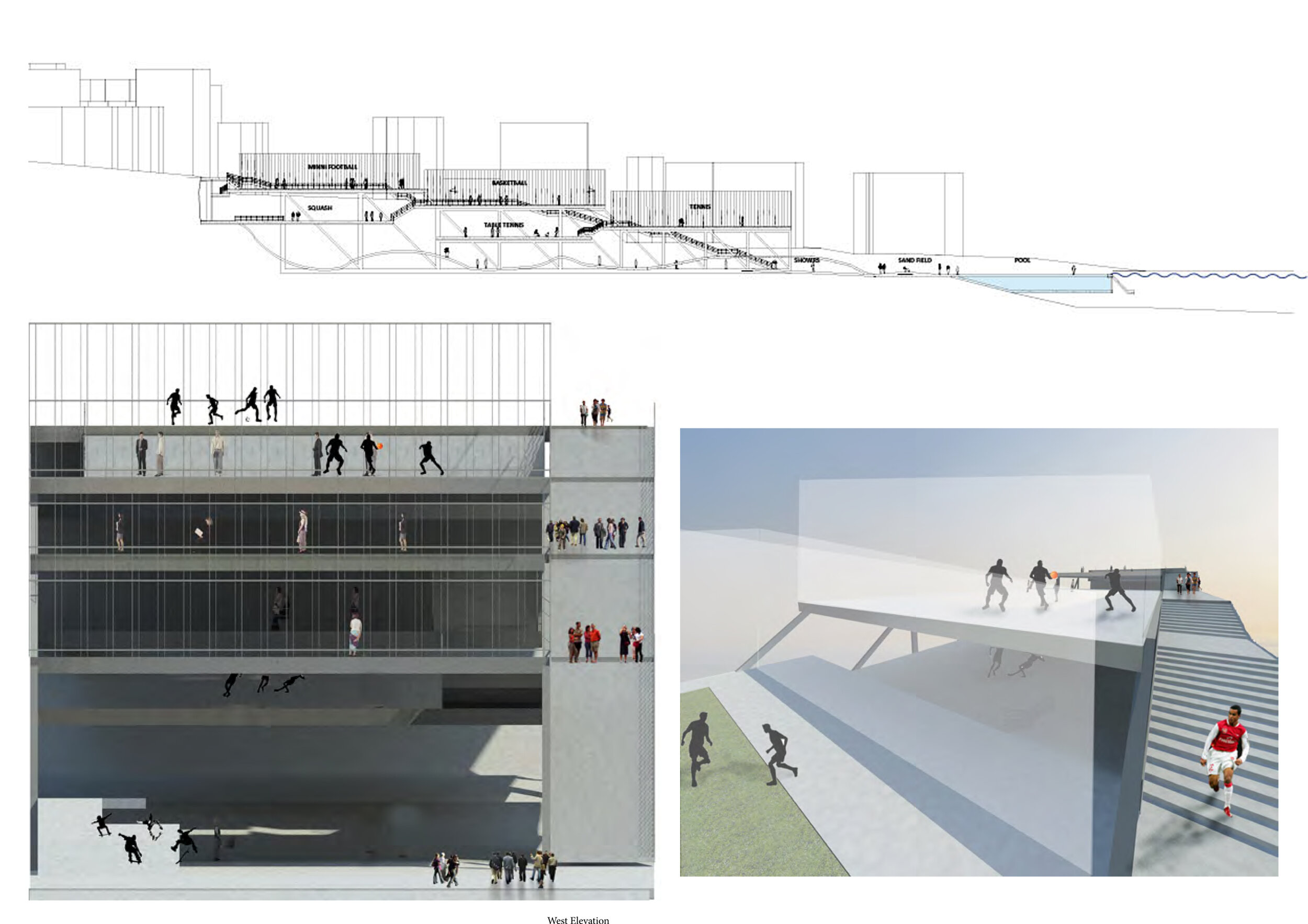teaching
THE STABLE AND THE EPHEMERAL
3 Year Design Studio 2011/12
Lebanese American University, Beirut
TUTOR
Annette Erlenwein
BUILDING AT THE BYBLOS COASTLINE
Architecture is the material dimension of a boundary system; it mediates between internal and external spaces. Space can be understood as a fluid and adaptive body which constantly readjusts and renegotiates with regard to environmental conditions. Thus, architecture becomes a tool for direct environmental negotiation; a tool which considers the changing conditions over time.
The concept of architecture, as embedded in an environmental supra–system, addresses modes of mutation and adaption on different levels.
Interior spaces reflect the exterior conditions; equally the exterior appearance is shaped by the disposition of the interior. It also includes an inscribed rhythm of change.
OBJECTIVE:
Architecture, understood as a tool of adaption and negotiation, outlines this unit's programme.
The objective is to develop an individual design method for a proposed Visitor and Information Centre focusing on Mediterranean environmental issues (comprising of research laboratories, exhibition spaces and commercial space) on the Byblos coast as a component of the planned Byblos marine reserve.
The coastline of Lebanon, like other neighboring countries in the Mediterranean, is rich in ancient history and legend. Yet, these days the landscape is threatened by unsolved problems of waste management, private housing development and current agricultural practices. Furthermore, global warming is causing the sea level to rise.
This course requires students to develop architecture which reflects cultural, political and environmental conditions; regionally as well as in the Mediterranean as a whole.
A preliminary three week project challenges students to define spatial scenarios that provide an immediate awareness and reflect conditions at the boundary between the sea and the land, the liquid and the solid landscape, as well as the interface between the landscape and the urban fabric.
The conceptual ideas and strategies developed through this experimental work will then be applied to the larger scale scenario for the semester project. This will be done through research, applying practical parameters and assessing the situation on site.
The requirements for a spatial programme for the Visitor and Information Centre will be given to the students as a brief.
Camille Saad, Nathalie Spendjan
Amad Al Aydi, Husnieh El Annan






